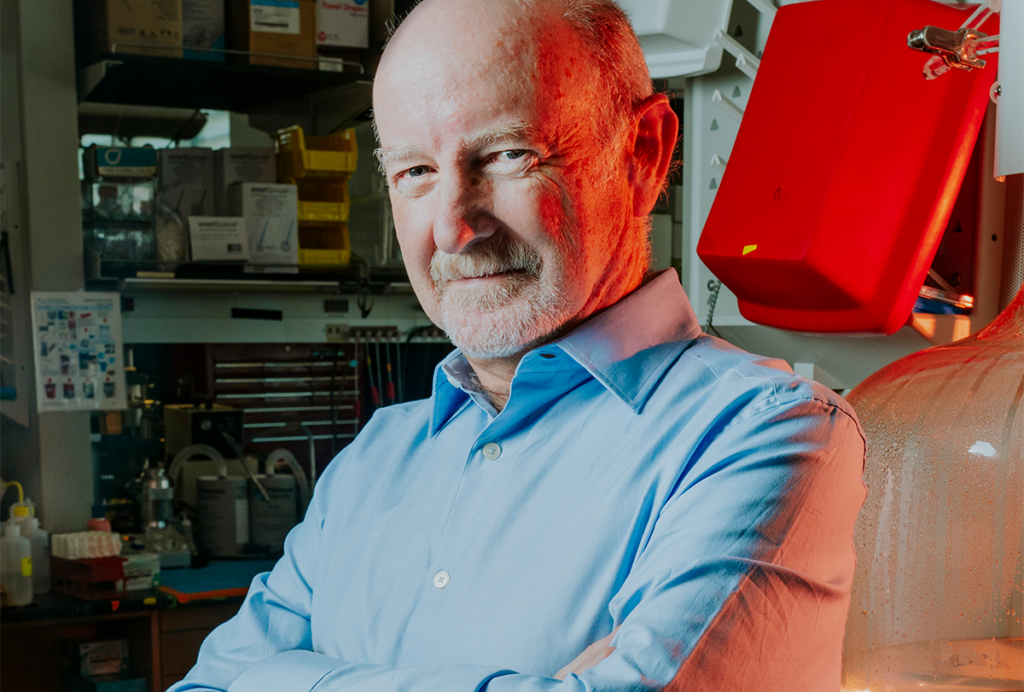Learning to listen
A new book draws public attention to auditory processing disorder, a rare condition defined by the inability to recognize and interpret sounds, and often misdiagnosed as autism.
There’s an important difference between hearing words spoken and actually listening. The latter is all but impossible for children with a rare and little-studied condition called auditory processing disorder (APD).
No one knows what causes the condition, defined by the inability to recognize and interpret sounds. It appears in an estimated two to five percent of children, and is only beginning to get a bit of public attention.
Last week, speech pathologist Lois Kam Heymann published a book about APD called The Sound of Hope. The book has made a splash thanks to comedian Rosie O’Donnell, who wrote about her 10-year-old son’s struggle with the disorder in the book’s foreword.
APD is often misdiagnosed as autism. Children with either disorder share some overt symptoms — such as a sparse vocabulary, poor grades and trouble paying attention — and both conditions are characterized by difficulties in understanding abstract metaphors. The conversation delays in children with APD can sometimes lead to impaired social interactions and isolation reminiscent of autism.
At the same time, some people with autism report extreme sensitivities to sounds, and a growing number of researchers are taking a close look at auditory processing problems in autism.
For example, using brain imaging, Tim Roberts at Children’s Hospital of Philadelphia has found that the brains of children with autism respond to sounds a split second slower than do those of healthy children. And a few groups have identified distinctive sound patterns in the speech of children with autism.
There are obvious differences between APD and autism. Autism often includes problems in other sensory systems, including vision, touch and smell. Children with autism often have low intelligence quotients or mental retardation, whereas those with APD usually have normal intelligence.
So far, there’s also one promising overlap: children with either condition can be helped by speech therapy and intensive behavioral intervention.
Recommended reading
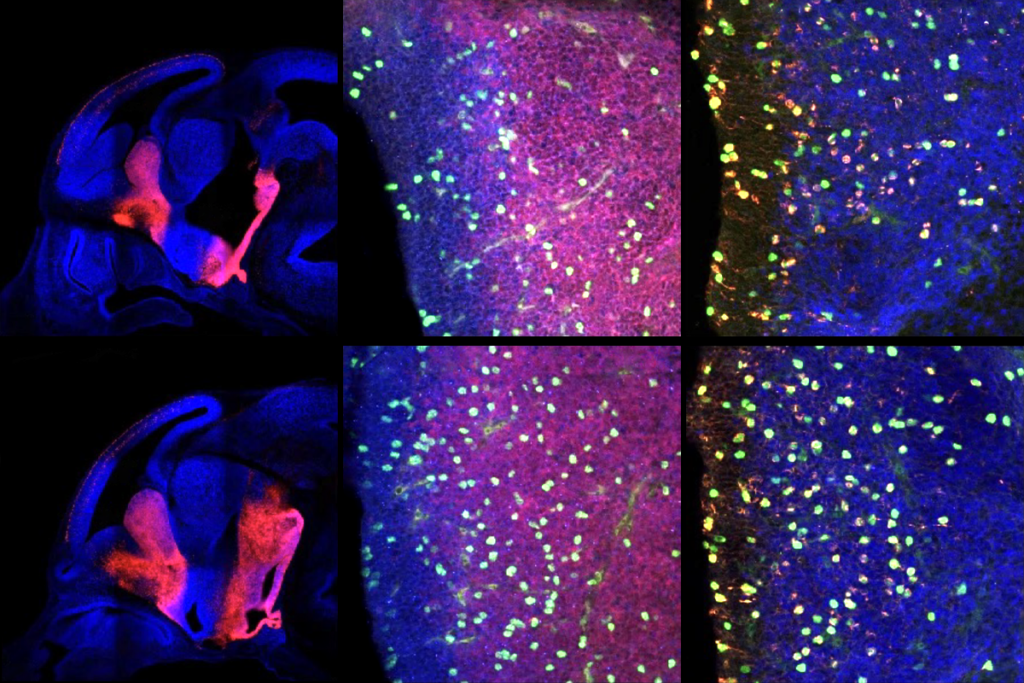
PTEN problems underscore autism connection to excess brain fluid
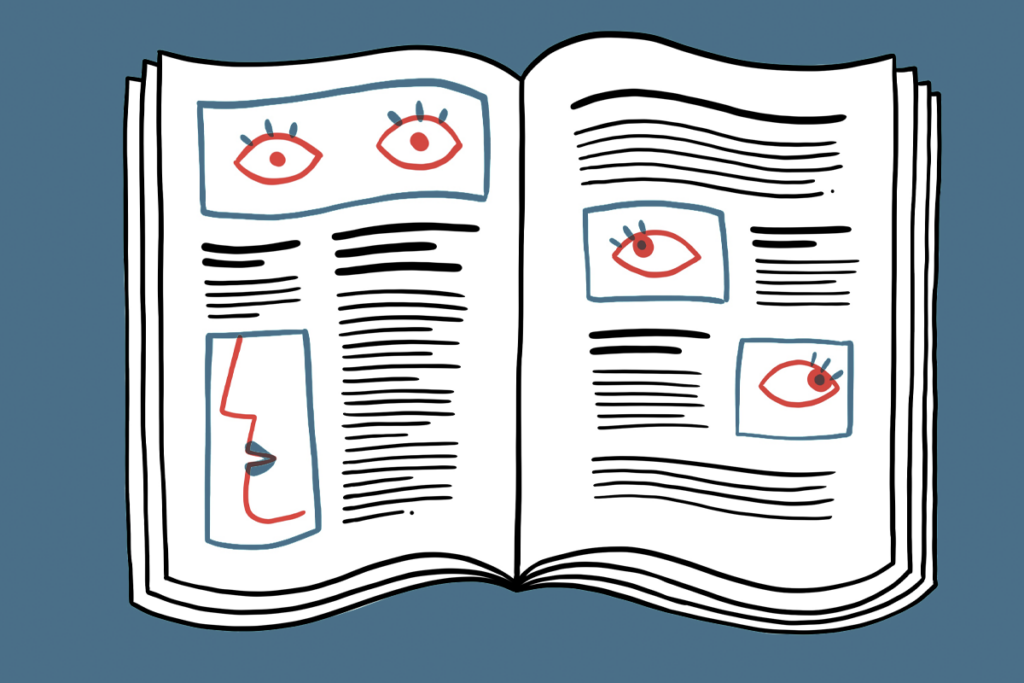
Autism traits, mental health conditions interact in sex-dependent ways in early development
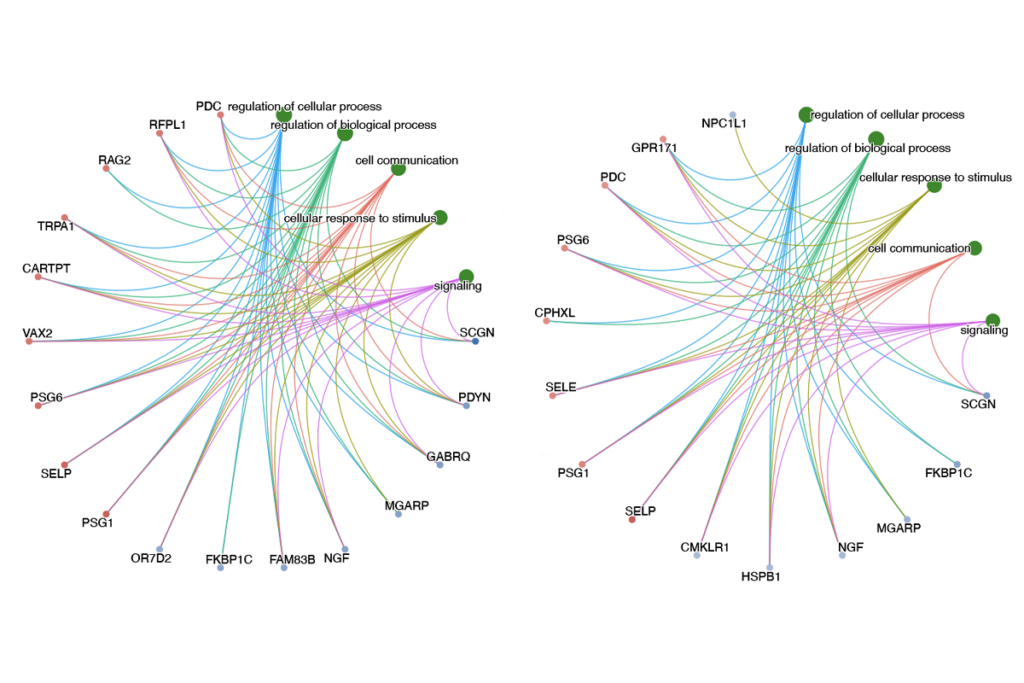
New tool may help untangle downstream effects of autism-linked genes
Explore more from The Transmitter
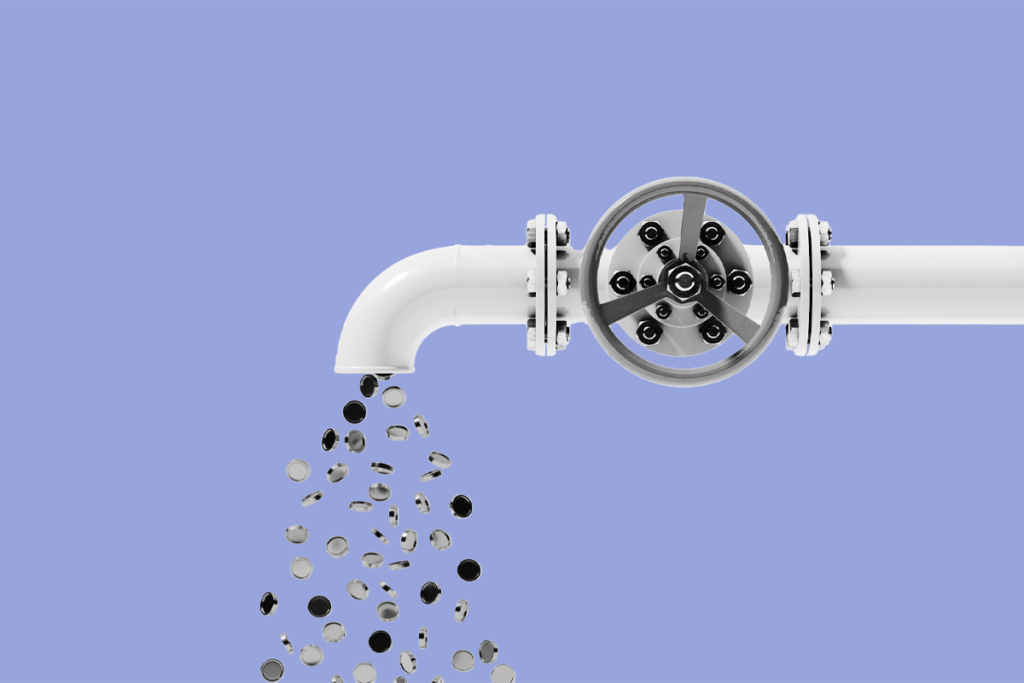
Newly awarded NIH grants for neuroscience lag 77 percent behind previous nine-year average
